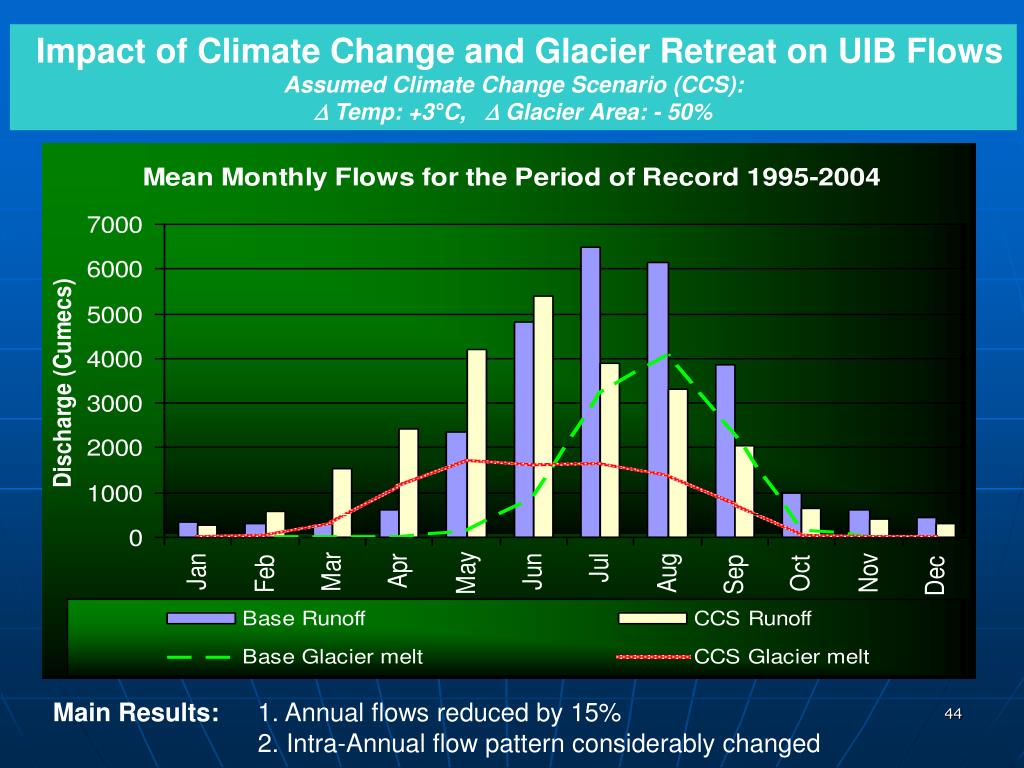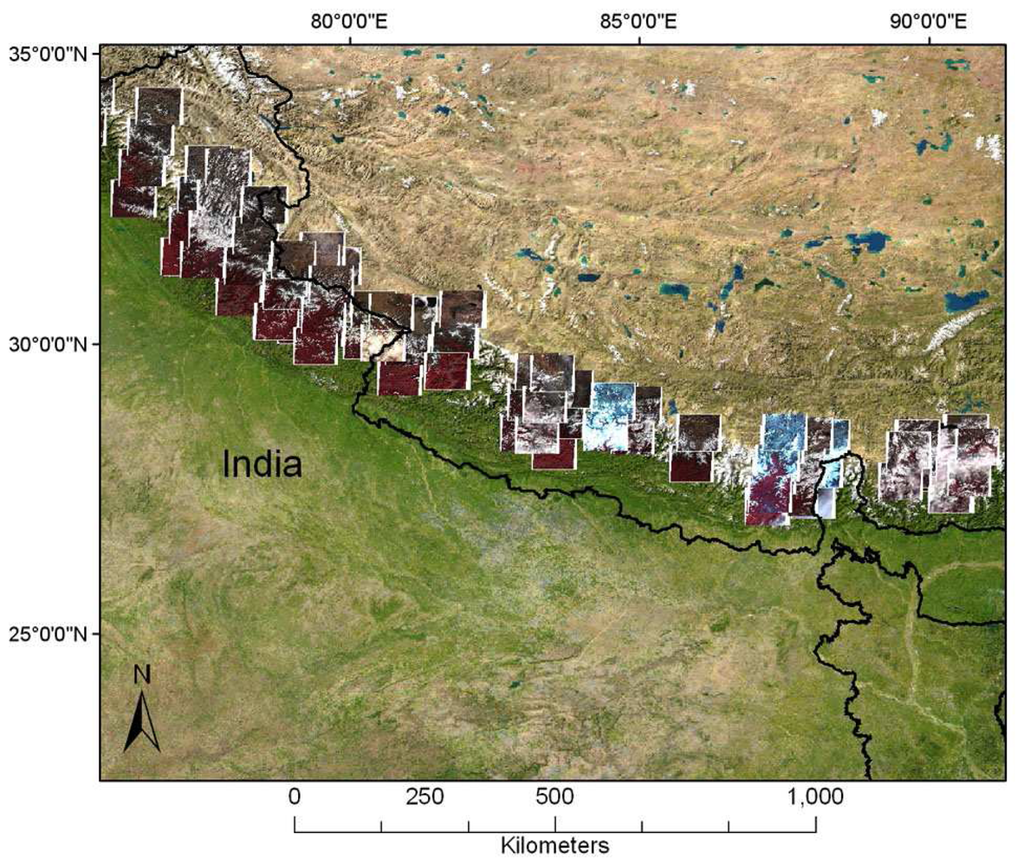
GLIMS Genomics has been designed to support the effective management of genomic laboratories and the UK launch is particularly timely as the NHS is now delivering a national Genomic Medicine Service for England through seven Genomic Laboratory Hubs. The company has brought GLIMS Genomics to the UK from Europe, where it is being successfully deployed at Poitiers University Hospital in France and will be introduced into seven additional laboratories in coming months. CliniSys has launched a new laboratory information management system for genomic laboratories in the UK. For more information about documentation and denials management for severe malnutrition, click here. To learn more about participating on the Forum, click here. At the end of the day, the clinicians treating the patient make the call on the final diagnosis and they’re criteria set should not be dictated by an outside payer.Įditor’s note: This question and answer were adapted from a thread on the ACDIS Forum. If your registered dieticians and other providers do not agree on the use of GLIM, however, the next best step would be to develop your organizational criteria set and then work with your payer contracting and compliance departments to make it an official policy internally and with third party payers. Because auditors are using GLIM, however, you may way to look at ways of building it into your organization’s clinical terminology and criteria. Generally speaking, ASPEN still remains the most accepted criteria set. It may be helpful to work with your facility’s physician advisors, compliance department, and dietitians on the topic to develop an internal organizationwide definition for all malnutrition diagnoses.
#Glims in validation professional
While GLIM criteria has yet to receive much adoption from dietitian professional organizations, it is being used heavily by Recovery Audit Contractors. Building upon the GLIM approach, it may ultimately be possible to derive a minimum dataset of key core criteria that will provide a framework to serve a broad range of practitioners in a variety of clinical nutrition settings.

They share multiple variables and are not inconsistent. GLIM, Academy/ASPEN criteria or SGA may be used independently to diagnosis malnutrition. Both the Academy/ASPEN and GLIM approaches are undergoing validation testing. GLIM is fully congruent with established approaches like the Academy/ASPEN criteria and Subjective Global Assessment (SGA). On July 1, 2019, a follow-up ASPEN clarifying document was released that stated,

The GLIM approach includes a set of readily available criteria that can be used in combination with existing diagnostic approaches including the Academy/ASPEN malnutrition consensus characteristics. The GLIM approach does not replace the Academy/ASPEN methodology at this time but may be used in conjunction with it. Efforts are underway to conduct validation studies of the GLIM construct. On March 18, 2019, a message from the president of the Academy of Nutrition and Dietetics stated,

Should we switch criteria sets to match what payers are using to validate claims?Ī: Let’s start by looking at the background and use of the GLIM criteria. We don’t use GLIM criteria at our organization currently. All three denials came from the same small insurance company. Q: My organization has received three denials for the diagnosis of severe calorie malnutrition based on the Global Leadership Initiative on Malnutrition (GLIM) criteria.


 0 kommentar(er)
0 kommentar(er)
